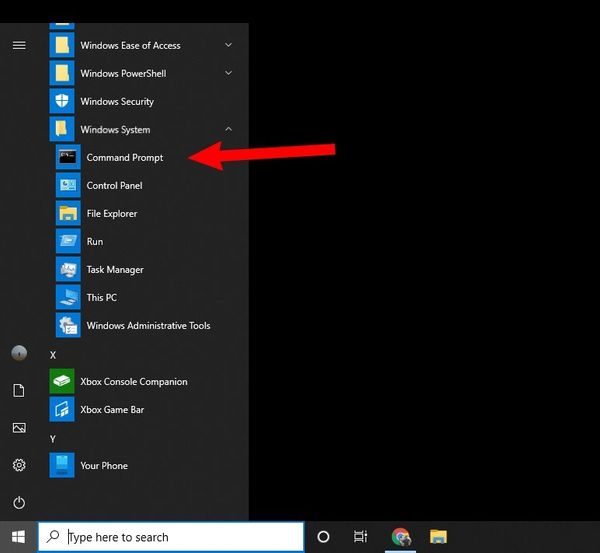

Windows Resource Protection could not perform the requested operation.Details are in the CBS.log: %Windir%\logs\cbs\cbs.log Windows Resource Protection found corrupt files but was unable to fix some of them.Details are in the CBS.log: %inDir%\logs\cbs\cbs.log Windows Resource Protection found corrupt files and successfully repaired them.The ones who love shortcuts in Windows can also use Ctrl+R which routes them to RUN, and then they can search for cmd and hit enter. Step 2: Type cmd in the search bar and hit Enter. This is at the bottom left of the screen. Windows Resource Protection did not find any integrity violations. Opening Command Prompt in the Windows Operating System is as simple as a few clicks.There are four possible completion messages that you can receive: /enable - Enables Windows File Protection (WFP), which prevents programs from modifying Windows system files./cancel - Cancels any pending scans (such as the /scanboot modifier).

/scanboot - Scans all system files at boot each time the system is restarted./scanonce - Scans all system files once.s The above example uses wildcards (the asterisks ). If, for example, you knew that the file had bob somewhere in the file, you would type: dir bob. cd\ Once at the root directory or the directory you believe the file to be in, type any of the following commands. / scannow - Scans all system files and replaces corrupted or incorrect files. The WHERE command can either perform a recursive search within one directory ( /R) or search through a list of folders ( Path Path: ), but not both. Meaning, you must be at C:\> to get to this prompt, type the following command.However, there are other modifiers that can be used. In the command prompt window, type sfc /scannow /offbootdir=c:\ /offwindir=c:\windows and press Enter.Ī basic System File Checker (SFC) scan using the /scannow modifier resolves most issues.
#WINDOWS CMD FIND FILE HOW TO#
NOTE: If you do not see any options, learn How to repair the EFI bootloader on a GPT Hard Drive for Windows 7, 8, 8.1 and 10 on your Dell personal computer.
#WINDOWS CMD FIND FILE WINDOWS 8#
How to run System File Checker (SFC) using the Windows recovery media Windows 11, Windows 10, and Windows 8 or 8.1


 0 kommentar(er)
0 kommentar(er)
